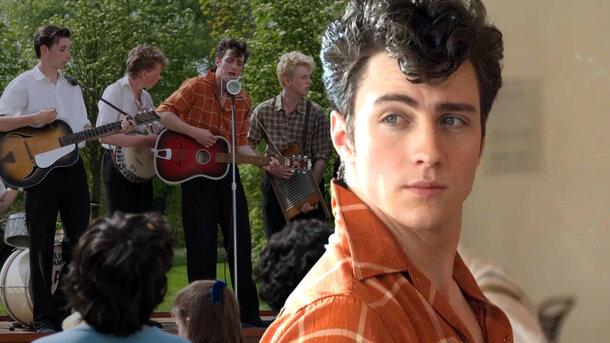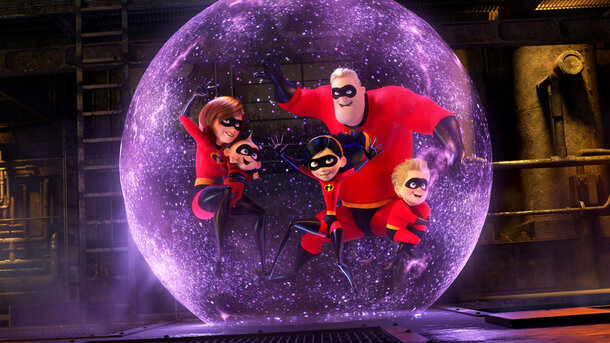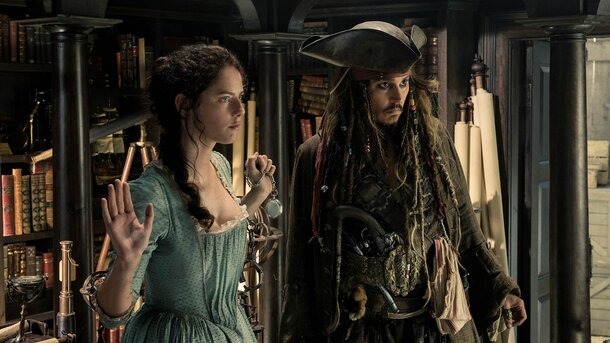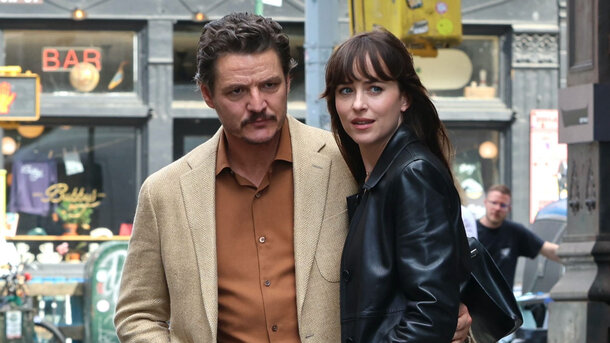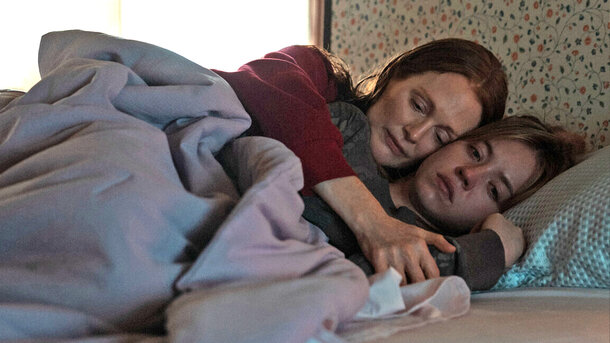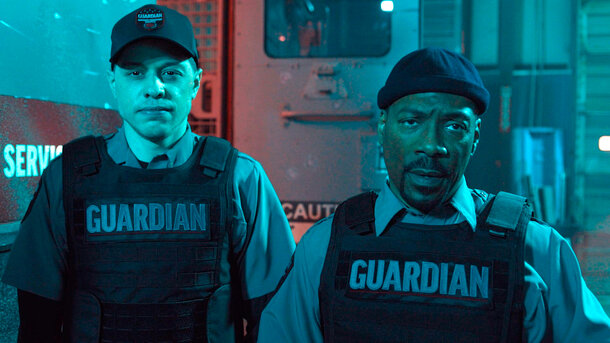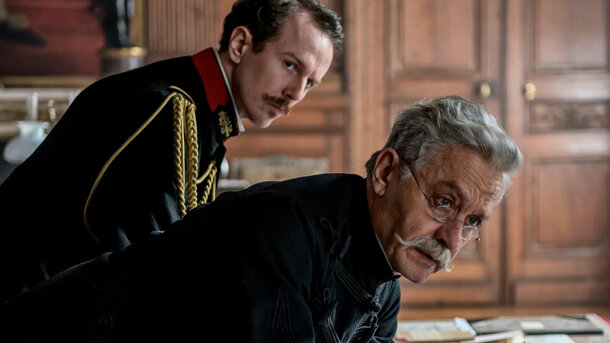Before the mop-top mania, the screaming teens, and Shea Stadium, there was just John — a boy with a sharp tongue, a rebellious spirit, and an aching need for love. Nowhere Boy doesn’t give us the Beatles; it gives us the boy who needed them. And trust me, it’s all the more riveting for it.
A Coming-of-Age Tale with a Musical Pulse
Let me tell you — this isn’t your typical rock biopic. It’s raw, personal, and achingly intimate. We meet young John Lennon in 1950s Liverpool, cheeky and restless, raised by his stern Aunt Mimi (Kristin Scott Thomas) while yearning for the warmth of his estranged mother Julia (Anne-Marie Duff). When Julia re-enters his life, things get messy. Beautifully so.
The plot doesn’t barrel toward Beatlemania. Instead, it lingers in kitchens, bedrooms, and on street corners where John first discovered skiffle music, formed his earliest bands, and met a certain quiet lad named Paul (played with subtlety by Thomas Brodie-Sangster). It’s about how trauma and tenderness danced in Lennon’s youth — and shaped his genius.
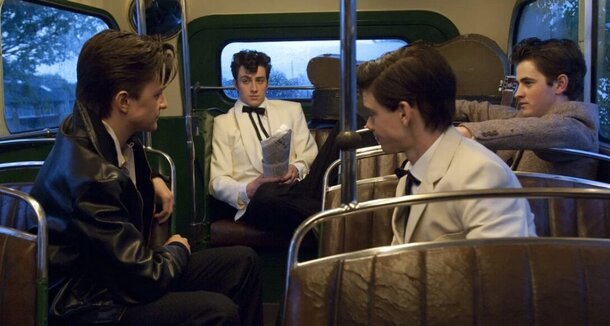
A Director’s Debut That Dares to Feel
Sam Taylor-Johnson (then Sam Taylor-Wood) steps behind the camera for the first time and delivers a surprisingly restrained yet emotionally charged debut. Her lens never idolises Lennon; it humanises him. The tone is delicate, tender, and drenched in northern drizzle — not just literally, but emotionally.
And the soundtrack? A gritty, nostalgic blend of Elvis, rockabilly, and early British skiffle that pulses through the film like a heartbeat, hinting at the future Lennon without ever stealing the spotlight.
Performances That Leave a Bruise
Aaron Taylor-Johnson is magnetic. He doesn’t mimic John — he channels his soul. There’s anger in his eyes, charm in his grin, and a quiet desperation that makes your heart clench. Anne-Marie Duff is luminous and heartbreaking as Julia, walking the line between free spirit and fragile soul. But it’s Kristin Scott Thomas who delivers the film’s quietest gut punch, making Aunt Mimi's reserve feel like a shield made of grief.
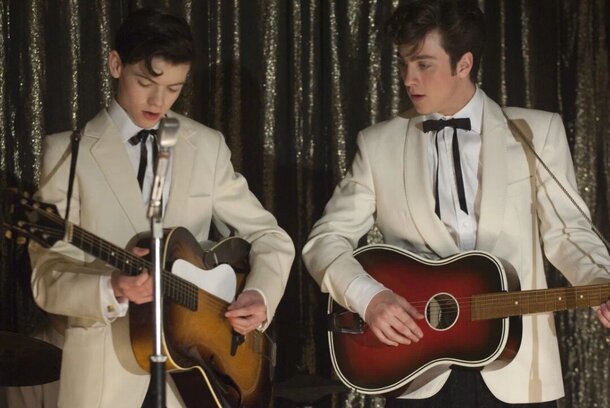
The scenes between these three aren’t just dramatic; they’re emotionally surgical.
Cinematography & Sound: Nostalgia Without Cliché
Shot in desaturated tones, the visuals echo post-war Britain’s greyness while letting tiny moments of colour — a red coat, a glowing jukebox — sing out. The decision to focus on texture and tone rather than spectacle works beautifully. The sound design is intimate too — not just music, but the clink of tea cups, echoing footsteps, the whirr of a record player — grounding the film in domestic reality.
Audience Reactions: USA vs. UK
UK audiences embraced Nowhere Boy as a heartfelt homage to one of their own. British critics praised its emotional honesty and the fearless portrayal of Lennon’s fractured upbringing. There was a strong connection to the Liverpool setting — the sense that this was a British story, told right.
In the US, reactions were more muted but still warm. American audiences, more accustomed to glossy rock biopics, were taken aback (in a good way) by the film’s subtlety. Many admired the performances, though some expected more “Beatle buzz” and were surprised to find themselves watching a family drama instead of a music film.
Final Verdict: A Soulful Prelude to a Legend
Nowhere Boy is a film that lingers. It’s not loud, but it’s powerful. Instead of placing Lennon on a pedestal, it lays bare the messy, painful, and deeply human moments that shaped his art. It’s a quiet rebellion of a film — much like young John himself.
